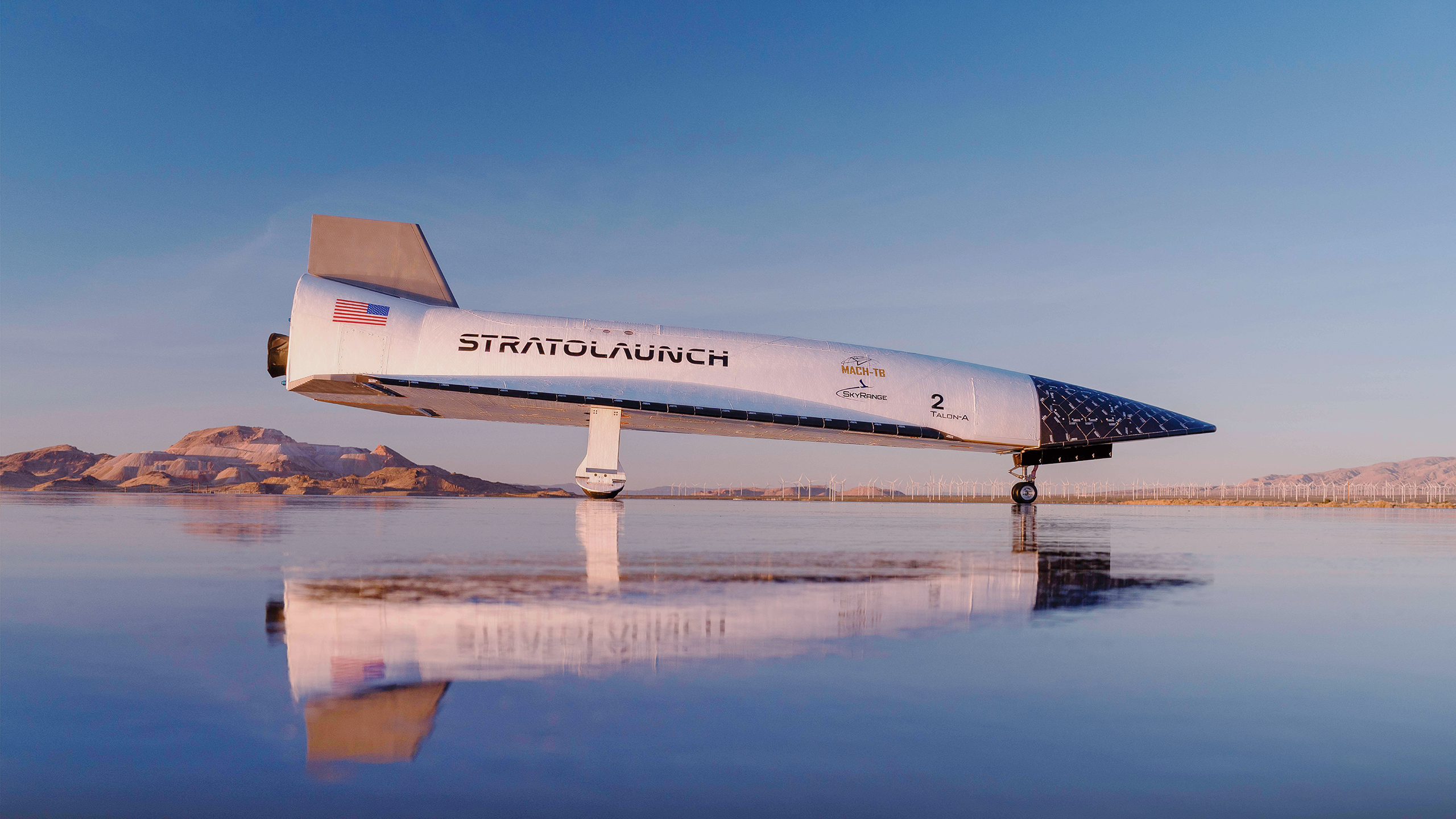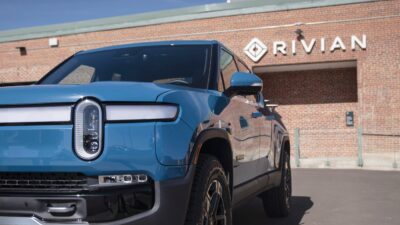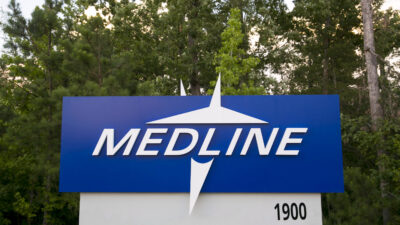US Gains Ground in Hypersonic Arms Race
The US is breaking past Mach 5 and catching up to China and Russia in futuristic, hypersonic military technology.

Sign up for smart news, insights, and analysis on the biggest financial stories of the day.
It’s a bird! It’s a plane! No, it’s the US breaking past Mach 5 — flying at speeds five times faster than the speed of sound — and catching up to China and Russia in hypersonic military technology.
The Department of Defense on Monday announced that its Test Resource Management Center (TRMC) completed two flights of a recoverable hypersonic test vessel, marking the nation’s return to experimenting with such aircraft for the first time since 1968.
Startup Propulsion
The flights were part of the Pentagon’s Multi-Service Advanced Capability Hypersonic Test Bed (MACH-TB) program, which aims to speed up development of that type of tech for integration into existing weapons and related systems. Both flights met performance benchmarks and were proven reusable — the keyword in their most recent breakthrough. “Lessons learned from this test campaign will help us reduce vehicle turnaround time from months down to weeks,” TRMC director George Rumford said in a press release.
The milestone achievement spotlights two startups giving DoD the boost it needs: aerospace and defense company Ursa Major and high-speed flight test service provider Stratolaunch. Both shops were born from their respective founders’ space ambitions:
- Ursa Major was founded in 2015 by Joe Laurienti, an engineer who worked on propulsion systems at Elon Musk’s SpaceX and Jeff Bezos’s Blue Origin, to help government and private space companies build faster with 3D printing. Laurienti was succeeded by Dan Jablonsky in August. The Berthoud, Colorado-based company’s first product, the Hadley, named after a character in a Ray Bradbury book, powered the vessels that DoD has been testing. Ursa Major recently nabbed a $28.5 million Air Force contract to flight-test its Draper engine.
- Stratolaunch was founded by Microsoft co-founder Paul Allen and aerospace engineer Burt Rutan in 2011. Its rocket-enhanced carrier aircraft, Roc, was built to launch satellites and eventually people into space (recall Richard Branson’s Virgin Orbit also wanted to do this), but was at risk of shutting down after Allen’s death in 2018. After Cerberus Capital Management acquired Stratolaunch in 2019, the Mojave, California-based company’s focus shifted to hypersonic flight testing. Steve Feinberg, co-founder of Cerberus, is now the deputy secretary of defense.
The Pentagon’s flight tests in December and March involved Stratolaunch’s Roc, the mobile platform to launch its Talon-A2, the autonomous, reusable test vessel powered by Ursa Major’s Hadley. Future flights will push speeds beyond Mach 6, Stratolaunch Chief Product Officer Aaron Cassebeer said in an interview with Aviation Week. The US still has some catching up to do. China and Russia both have likely fielded operational hypersonic glide vessels, possibly armed with nuclear warheads.
Golden Dome: President Trump’s defense plan, inspired by Israel’s missile shield, might move the needle for hypersonic missile development.











